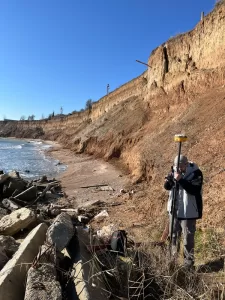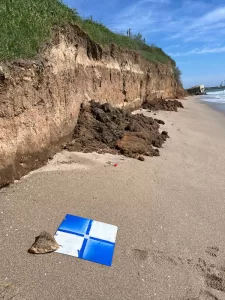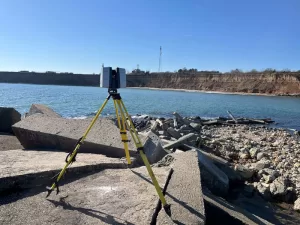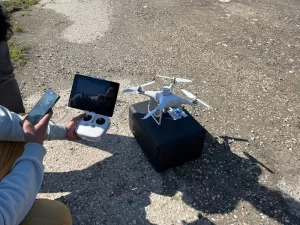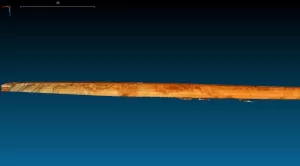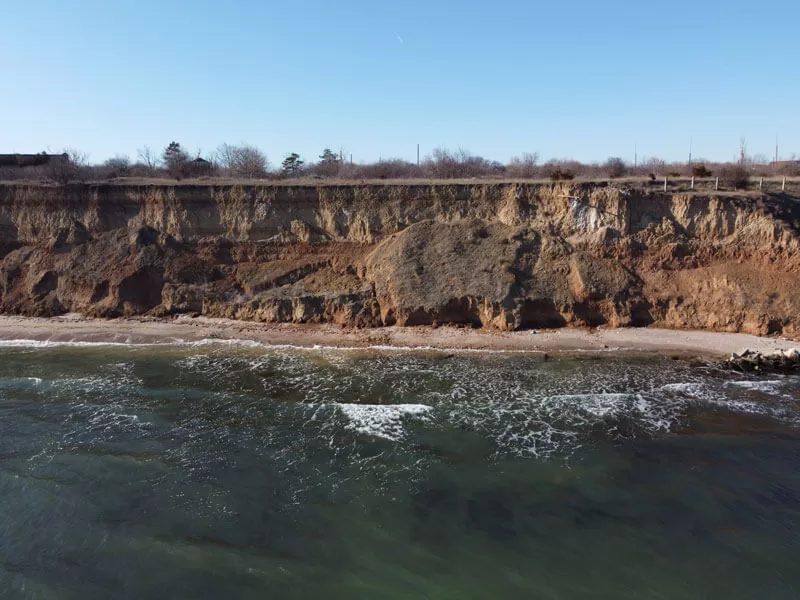In February 2024, the TRACE project embarked on its inaugural field trip in Romania, focusing on the southern sector of the Romanian Black Sea shoreline. This coastal zone, characterized by an intriguing mix of cliffs, beaches, and lagoons, presents a dynamic and ever-changing landscape.
One of the key sites studied during this trip was the 2 Mai site, known for being one of the fastest retreating cliff sectors on the southern Romanian Black Sea coast. The loess cliffs here are subject to erosion from both sub-aerial and marine processes, the complexities of which are not yet fully understood.
To better comprehend these erosion dynamics, the research team employed a combination of successive Terrestrial Laser Scanning and drone surveys. These advanced monitoring techniques allow for precise tracking of cliff changes and provide valuable data on how climatic and marine forces drive these processes.
The insights gained from this field trip are critical for developing effective coastal management strategies and mitigating the impacts of erosion on this vulnerable stretch of coastline. By understanding the interplay between natural forces and coastal erosion, the TRACE project aims to protect and preserve the unique coastal environments of the Romanian Black Sea shoreline.
